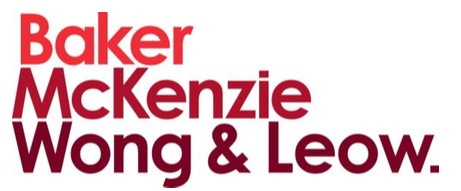30 May, 2018
On 22 May 2018, the Health Sciences Authority ("HSA") announced that regulatory legislation will be enhanced to facilitate faster access for certain lower risk medical devices and standalone mobile applications. The HSA will also provide greater clarity to existing policies and requirements for telehealth devices and high risk devices for the modification of appearance or anatomy.
These changes will take effect from 1 June 2018.
In summary, under these enhanced regulations:
- Class A sterile medical devices (e.g. sterile examination gloves and intravenous sets) will not need to be registered with HSA. However, importers / manufacturers will be required to list all their Class A medical devices on the HSA's public online database;
- Class B medical devices with (a) no safety issues globally; and (b) two independent regulatory agencies' approval or one reference agency's approval and 3 years of marketing history, will be eligible for immediate market access under the immediate registration route; and
- Class B and C standalone mobile medical applications (e.g. those for insulin dosage calculation or live monitoring of electrocardiograms) that are approved by at least one reference regulatory agency without safety issues globally will be eligible for immediate market access under the immediate registration route.
The HSA also clarified that:
- While telehealth devices intended by its manufacturer to fulfil a medical purpose will be regulated as medical devices, those which are intended solely for well-being or lifestyle purposes (e.g. smart watch heart rate trackers for fitness purposes) and / or not intended for medical purposes will not be subject to regulatory controls. However, such telehealth devices must include a prescribed clarification statement (or equivalent) on their labels and advertisements;
- Certain high risk devices used for modification of appearance or the anatomy will be subject to regulatory controls. Such devices will be included in a "Positive List" developed by HSA to provide clearer guidance to industry players. At present, the list comprises implants, injectable dermal or mucous membrane fillers, and invasive devices for fat removal or fat degradation purposes; and
- HSA will require manufacturers of more complex medical devices (i.e. those requiring users to have the relevant skills and knowledge to use them safely and effectively) to provide training for users. For example, HSA will require physicians using implantable devices to undergo training on implantation techniques before using them on their patients.
The HSA's press release can be found here.
For further information, please contact:
Andy Leck, Principal, Baker & McKenzie.Wong & Leow
andy.leck@bakermckenzie.com





